Our plans to visit my Spanish friend, Laura, had been on-hold since 2020 due to covid concerns and other circumstances. So I decided to take a solo trip. Even though it was not ideal to travel so soon after moving, I was tired of waiting for the perfect time. Laura’s daughter is spending a year as an exchange student in Golden, CO (where I taught for a year before moving to Denver Public Schools!) so she had the extra room available for me to use at her apartment in Valladolid, overlooking the Pisuerga River and most of the city. Spanish workers had Oct 12 off for National Day so Laura had more time than usual for leisure. She was able to do a bit of work from home and take some time off from her job as an engineer at Renault.
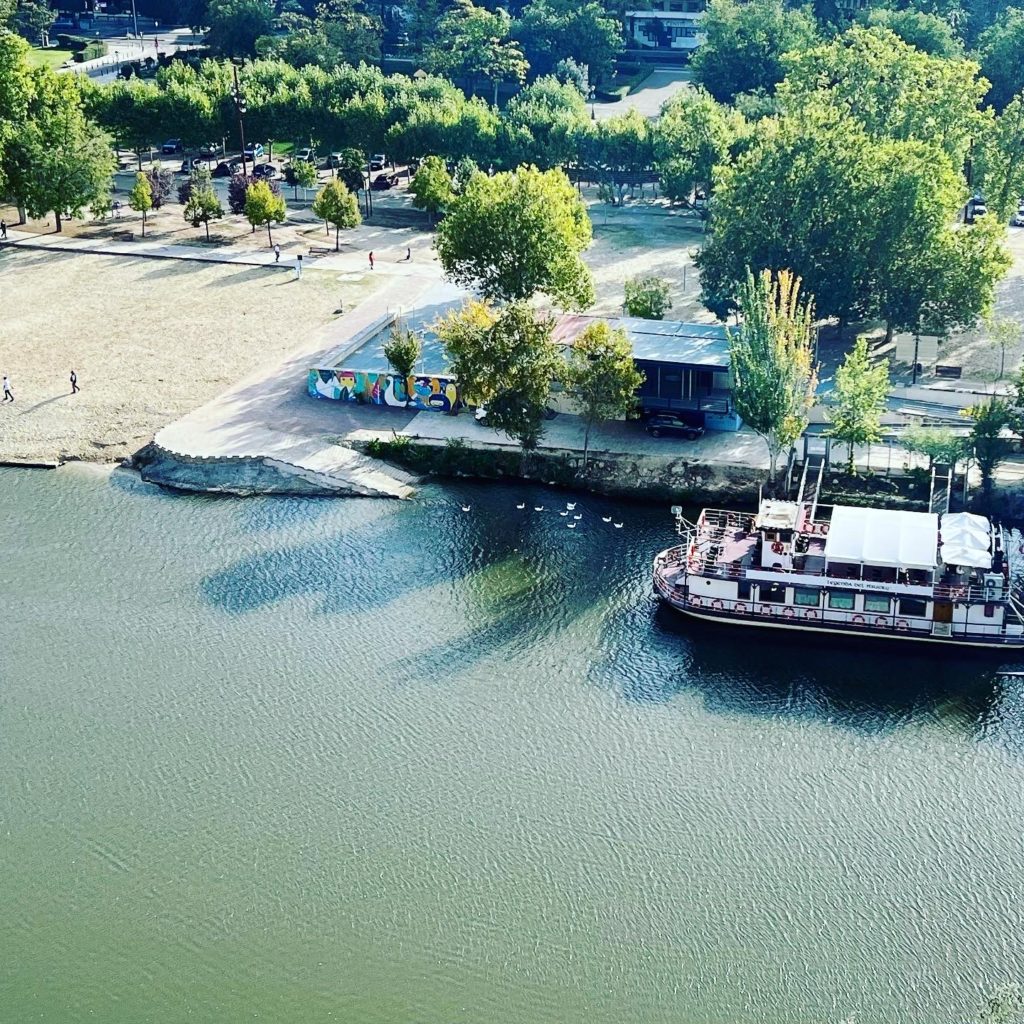
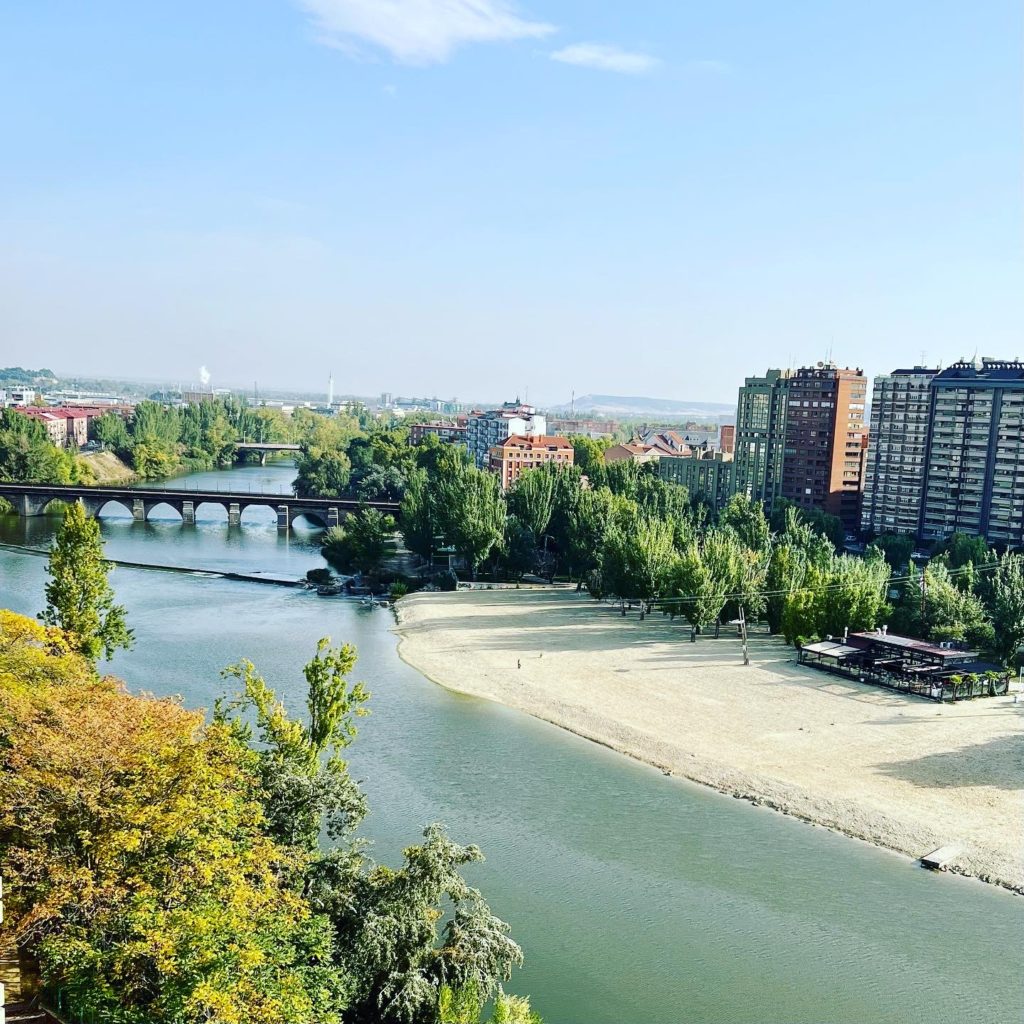
We spent a day touring Valladolid and doing a few things that were new to Laura or that she had forgotten over the years. The cathedral tower guided tour was worth the scolding we had to endure for being 5 minutes late, which is not typically a problem in Spain! At 70 meters high, the views were fantastic and we could see Laura’s building- marked with a blue X sticker over the photo. The bells and clocks used to be run entirely by hand, of course, quite an important job and difficult as well. The original wooden spiral staircase still exists in usable condition but the elevator is much easier 🙂 The bells were extremely important to the community…each neighborhood had its own fire “code” and there were other general signals that everyone knew. The announcement of births, deaths, floods, etc all had their own tones. Now everything is run by electrical impulses that are programmed. When Valladolid was the Spanish capital, plans were for the cathedral to be the biggest in the country. But as politics and funds shifted over the next century, construction halted after only 2 towers (one forth of the original plan) had been completed. The missing tower on the left collapsed in 1841 (due to seismic and earlier structural damage)
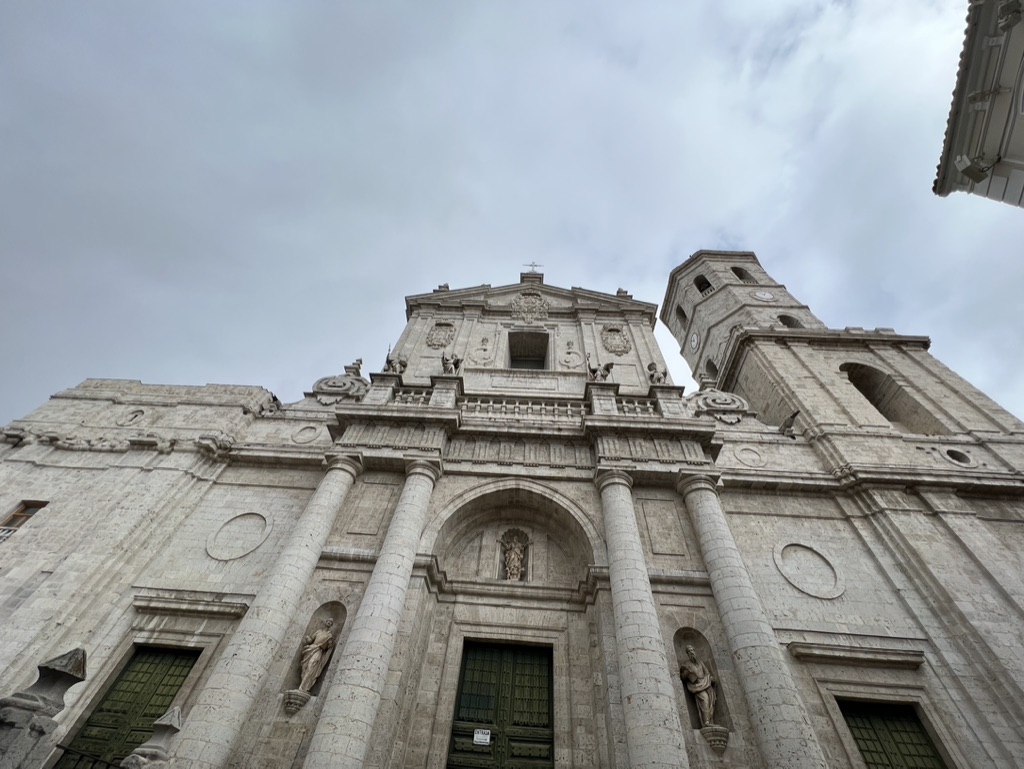
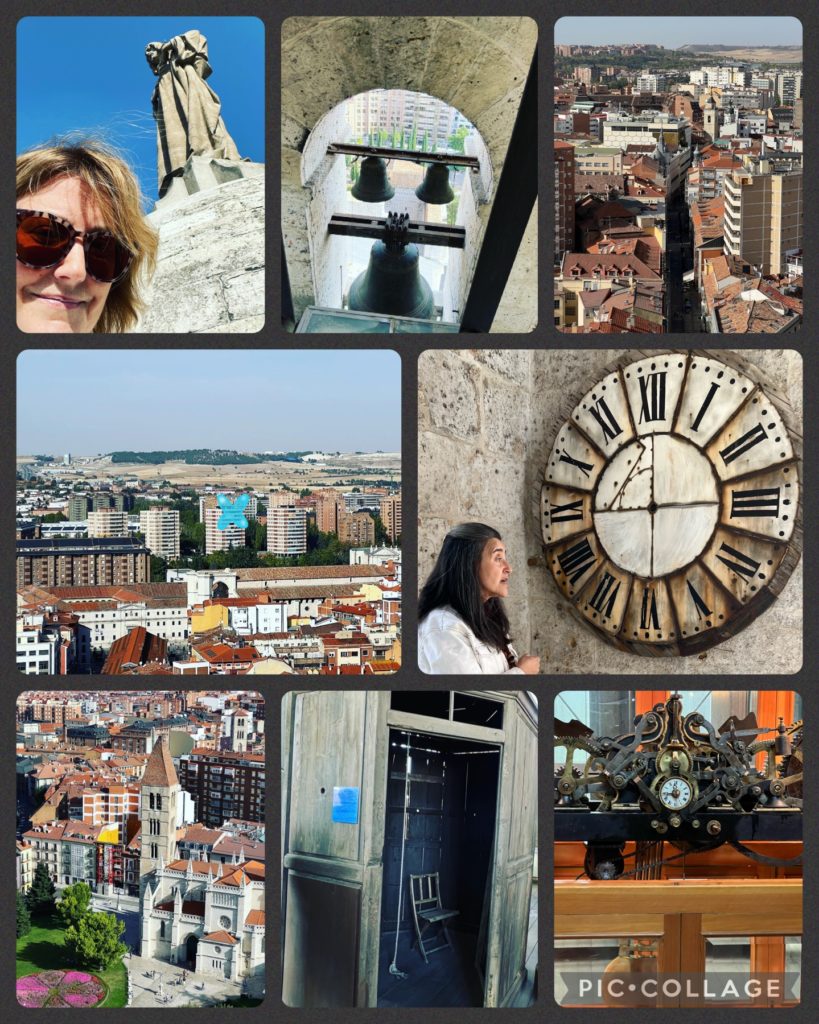
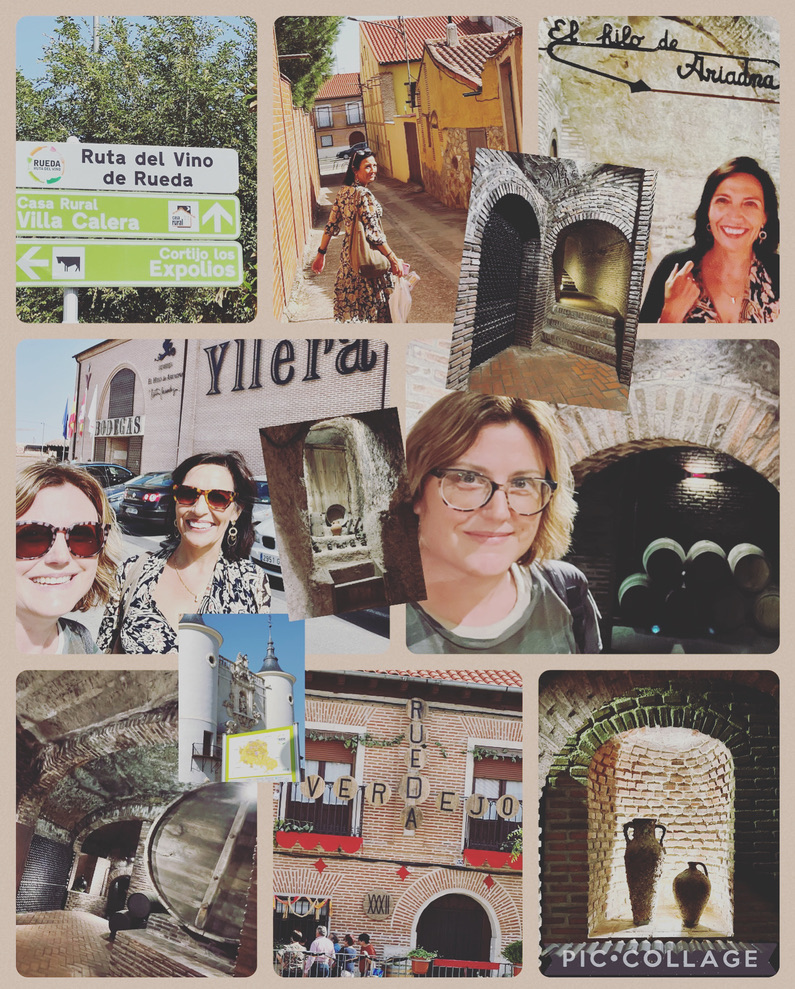
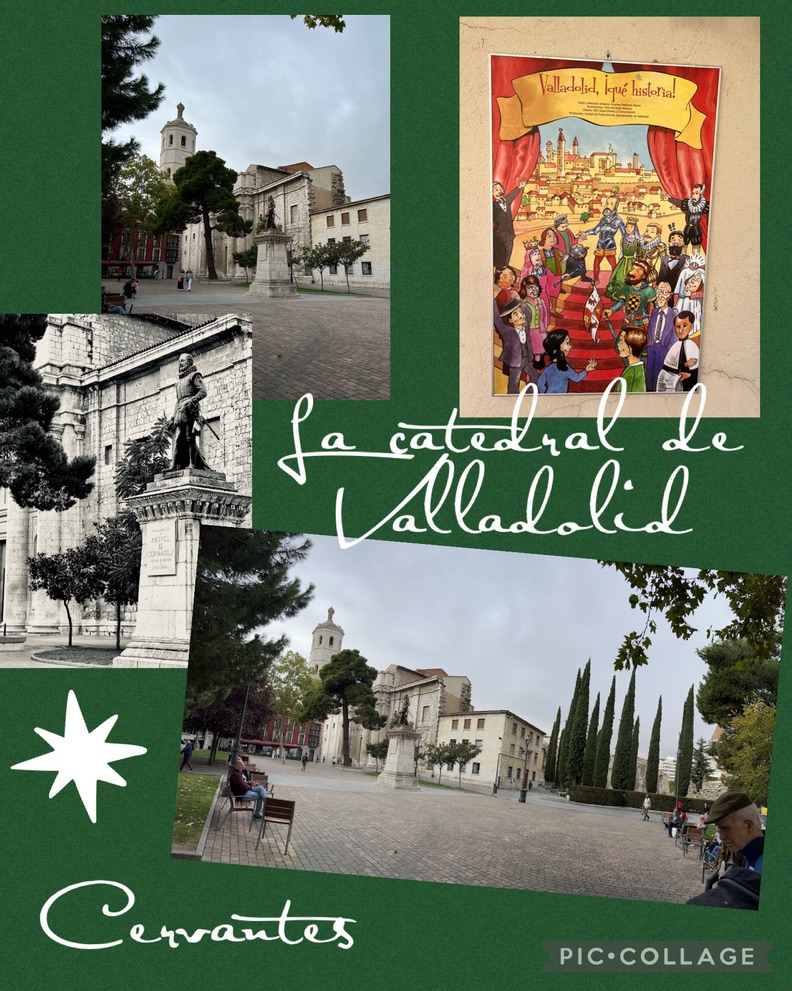
I follow Laura’s Zumba (pronounced thoomba) class on FB and she didn’t want to miss her weekly session so I tagged along and did my best to keep up with the dancing, and it was really fun, but my favorite part was the table reserved at the cafe next door for “The Zumba Girls”. Really cute decor and antiques for sale, too.
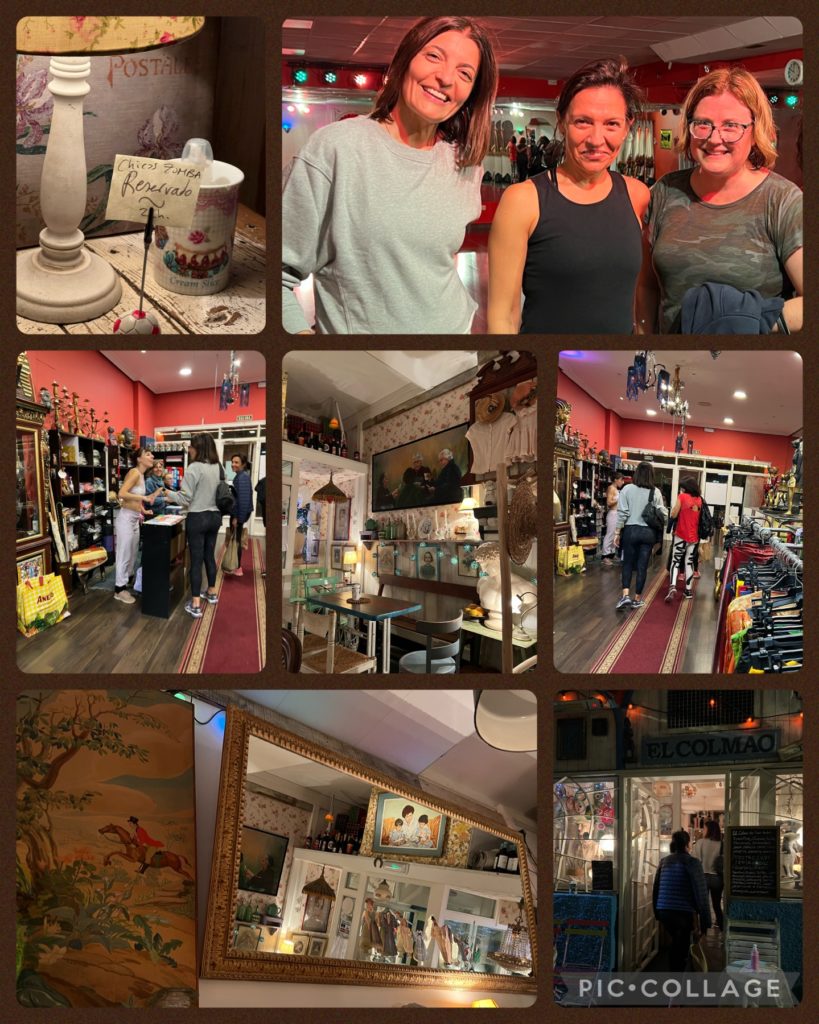
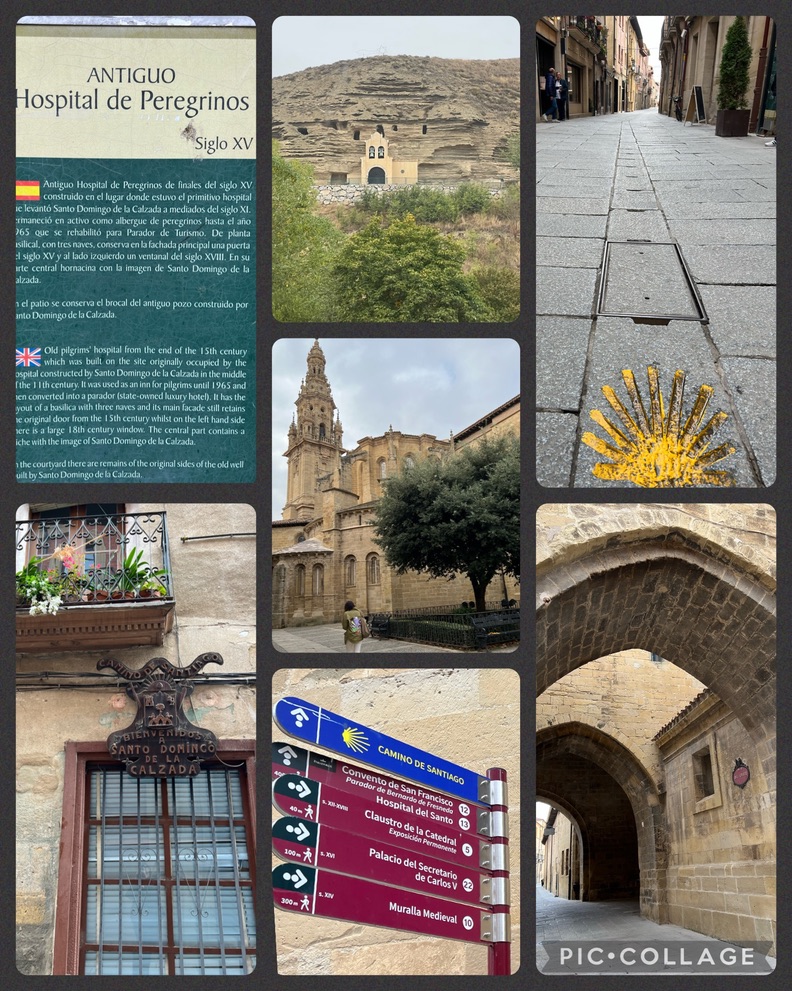
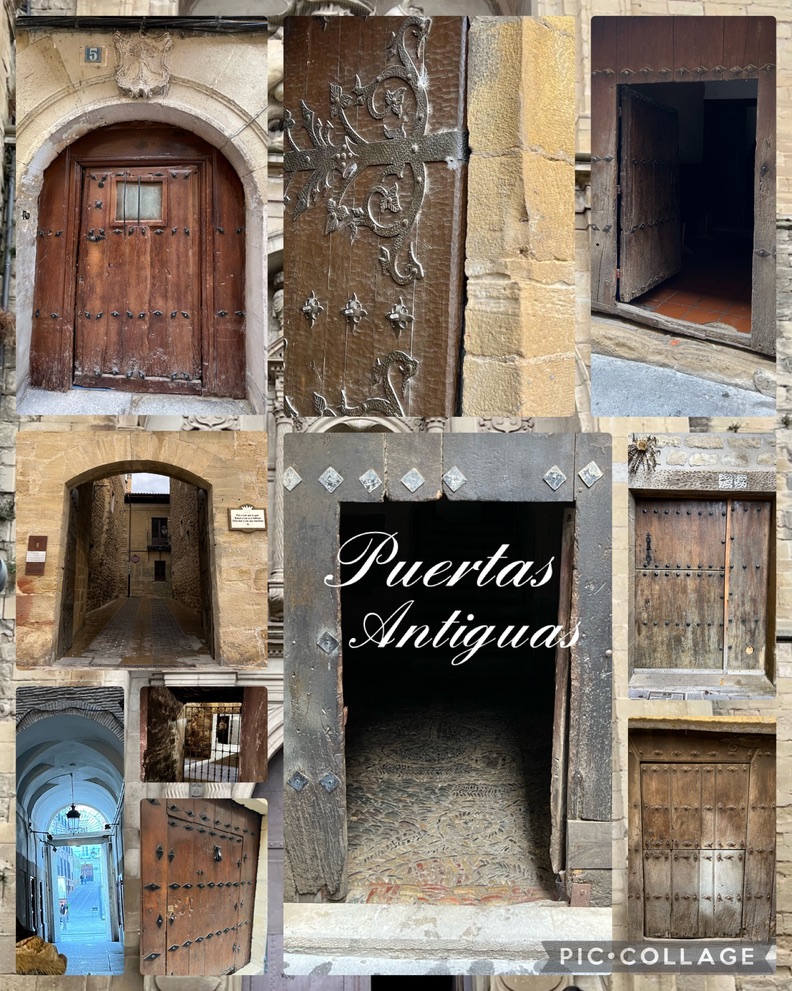
It was great to spend time with Laura, especially since her mother died shortly before our move to Sweden. Returning to Portillo without Chelo there to greet me was sad, and at the same time it rekindled wonderful memories and stories that made us laugh. We spent an afternoon in her hometown of Portillo, checking on her parents’ house while Laura’s dad was away. Laura knows everyone so a walk around Portillo is quite a social experience. We stopped every few minutes to chat with a friend or relative and eventually made our way to Laura’s aunt and uncle’s house. Laura wanted to show me the Pino Pinilla, tallest of the area’s pine trees, so her aunt went with us to teach us about pine nut harvesting since her father used to harvest them. We gathered fragrant herbs, the only one of which I could identify was thyme and wandered the pine and herb scented trail where the town holds its annual New Year’s Day 5k run. This year’s pine cones had already been harvested so Laura’s aunt gifted me one of the giant cones her father had saved, complete with seeds. Back at the house she showed us how to extract and crack open the seed shells and the nut was still fresh and tasty even though the cone was many years old. She fed us the best tortilla española and gave me some tips for making it turn out so well. But I don’t hold much hope of that. It’s truly an art to get the consistency perfect.

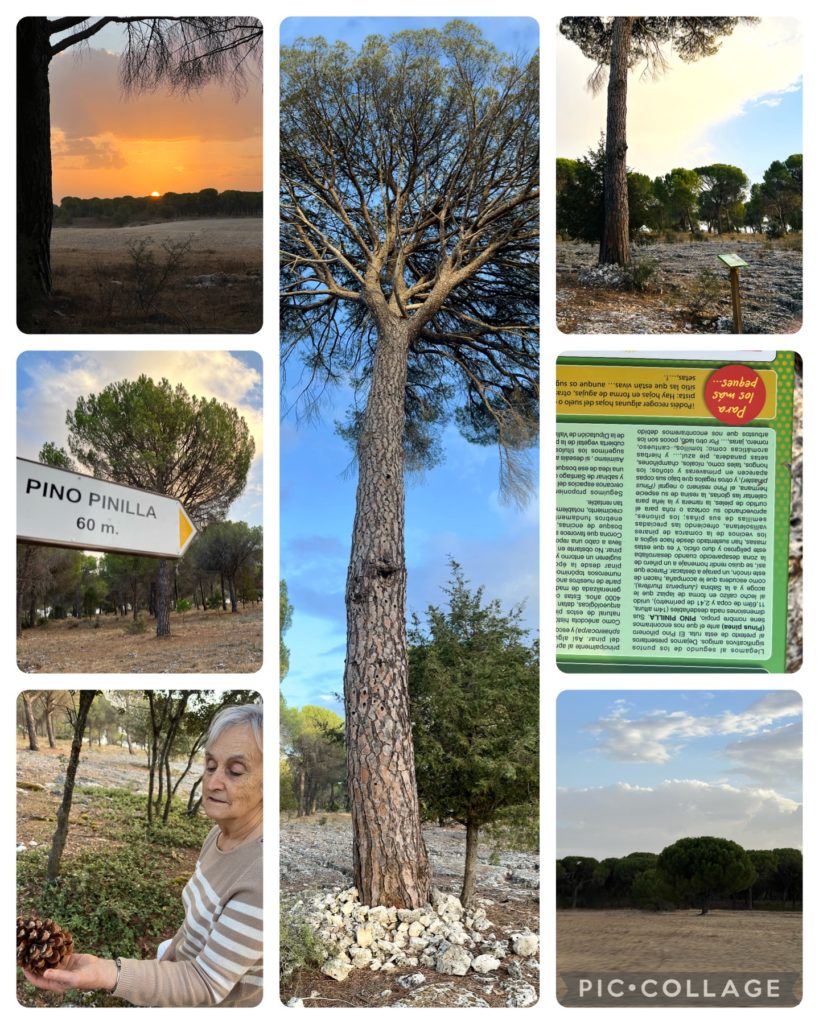
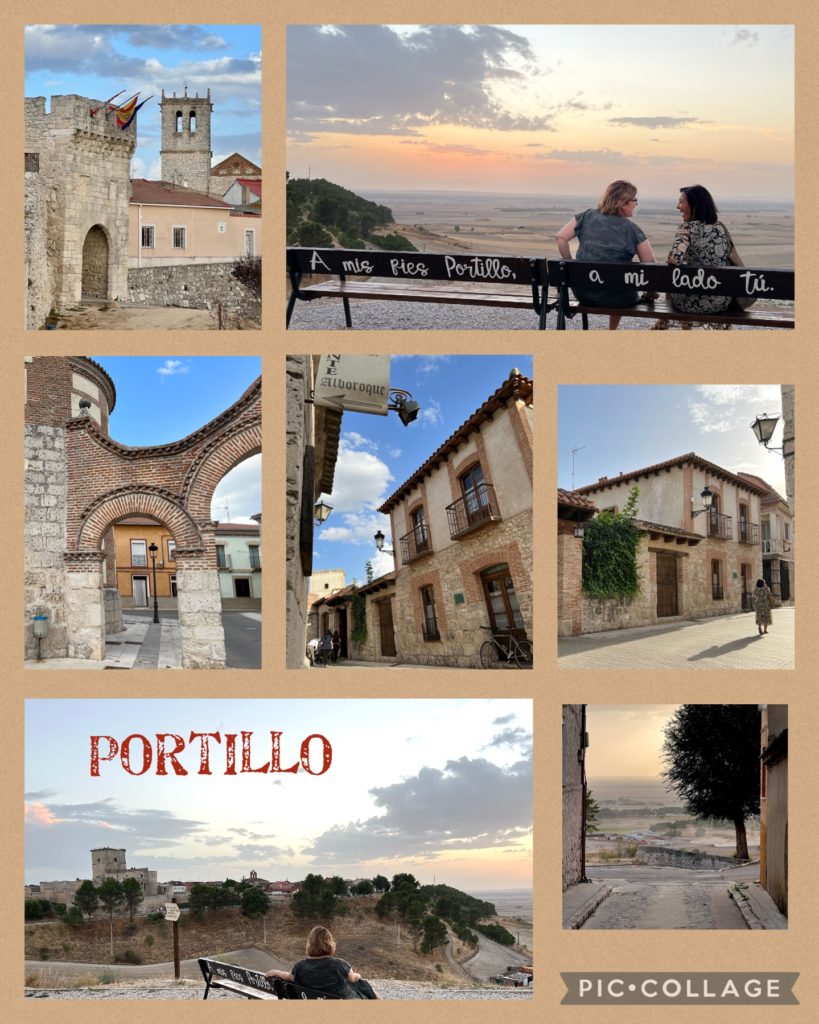
La Vendimia, or grape harvest, had just finished up in the region. It should have gone through mid-October but climate change is pushing it earlier. This year was the earliest harvest on record, according to one of the bodegas we visited. Grapes were still being moved in from the fields and we would see grapes spilled here and there along the roads. In many places, the only vehicles allowed near the bodegas are those small tractors, a precaution to protect the caves from damage.
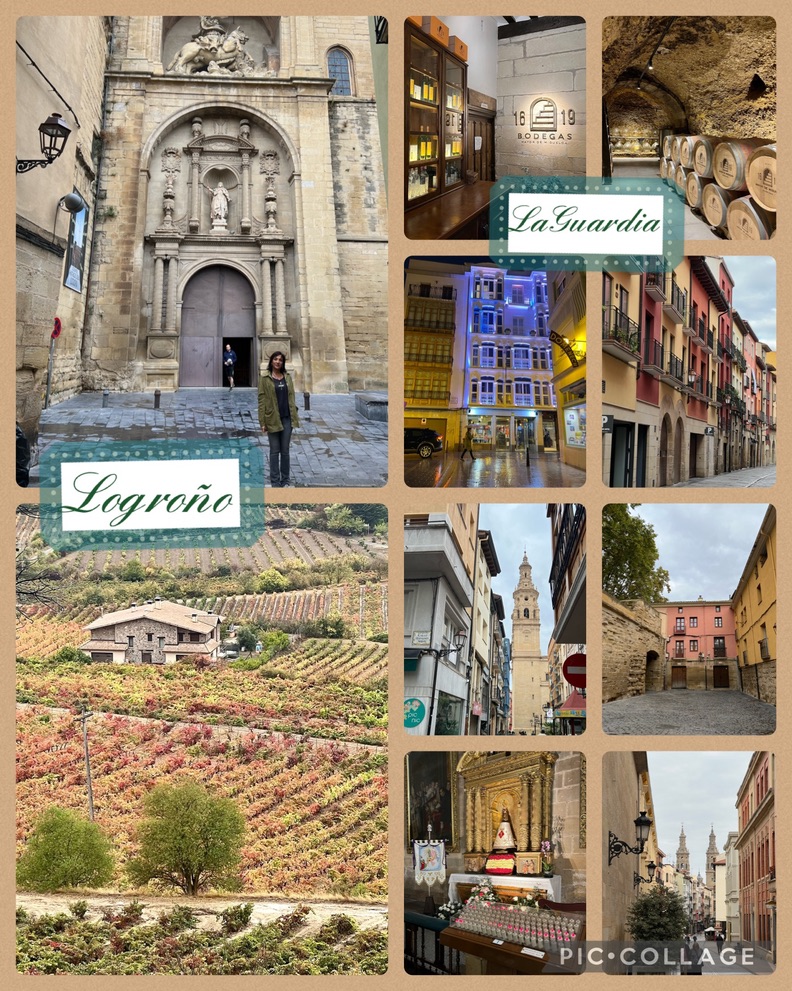
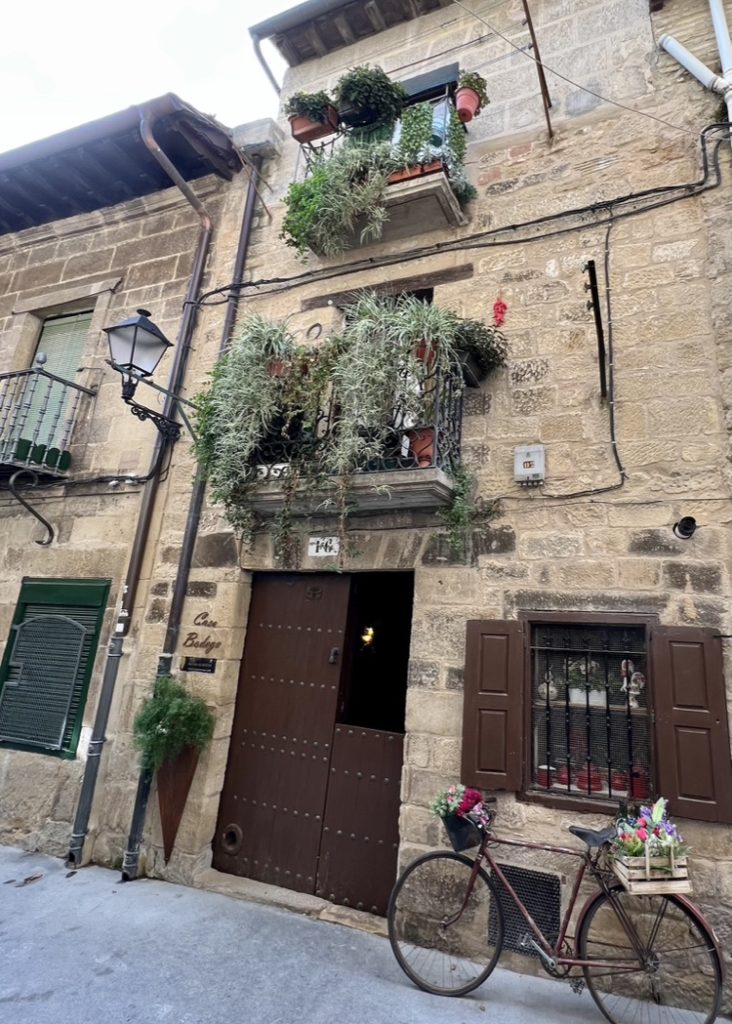
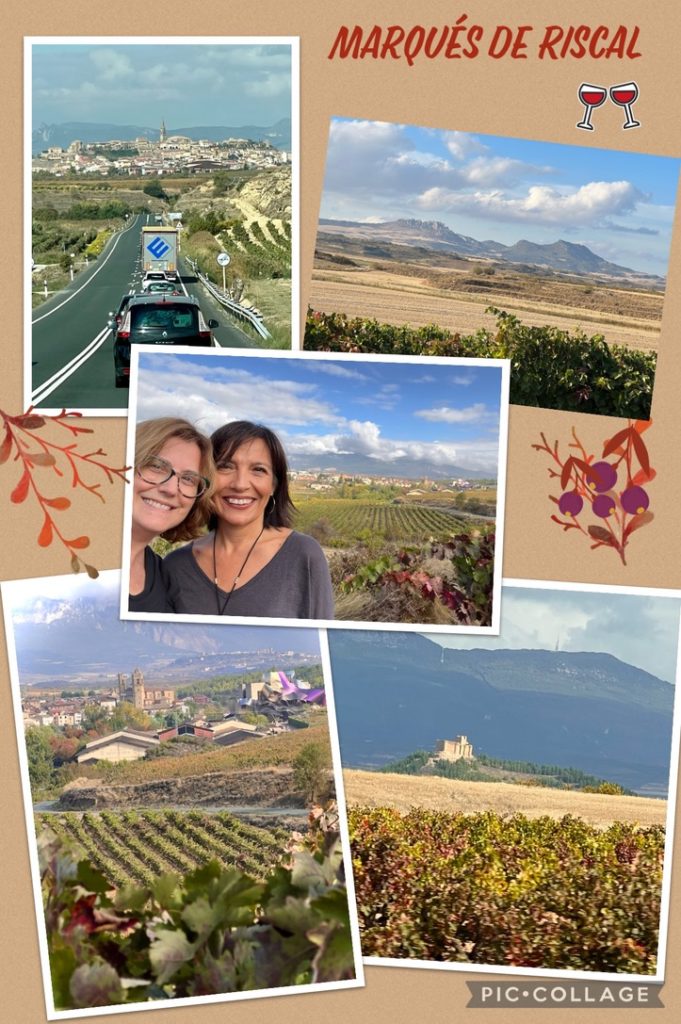
We were able to book tours of two wineries and visited several others without a guide. Since we didn’t have reservations during peak season we were quite lucky to find last minute restaurant availability most of the time, and when we didn’t, the Spanish tradition of Pinchos, small portions of food and drink served at a counter, suited us well. It gave me a chance to try many foods that didn’t appeal to me when I was younger and it was less expensive than a restaurant meal.
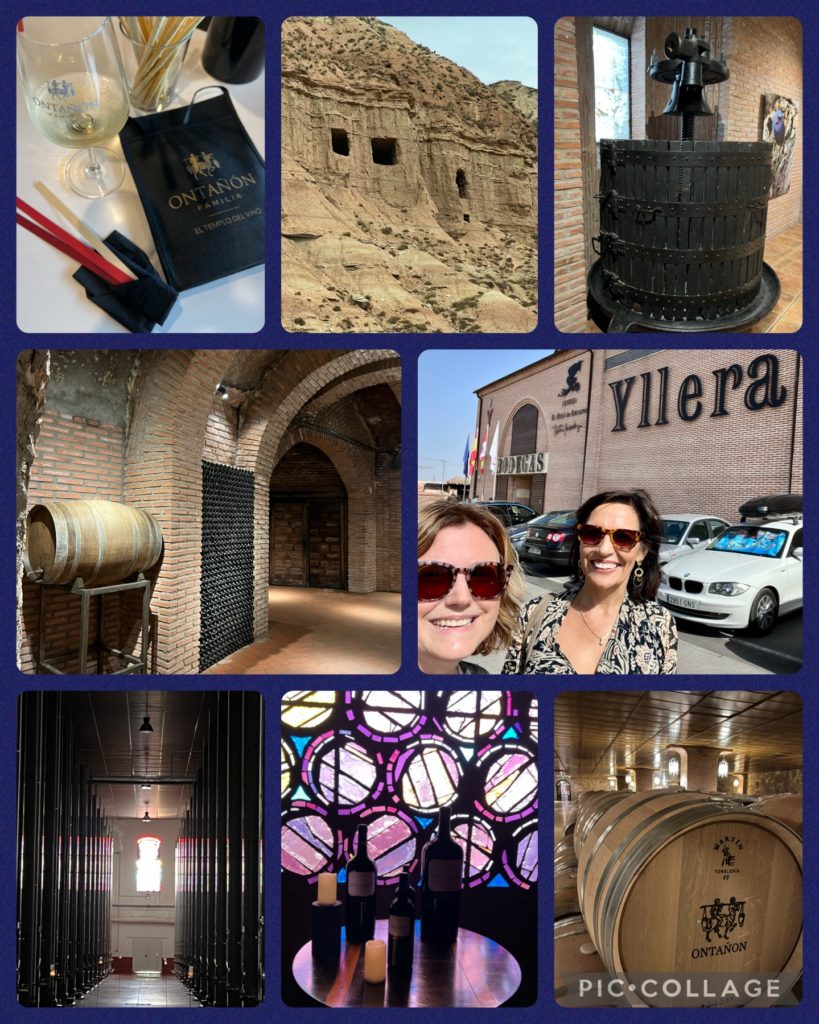
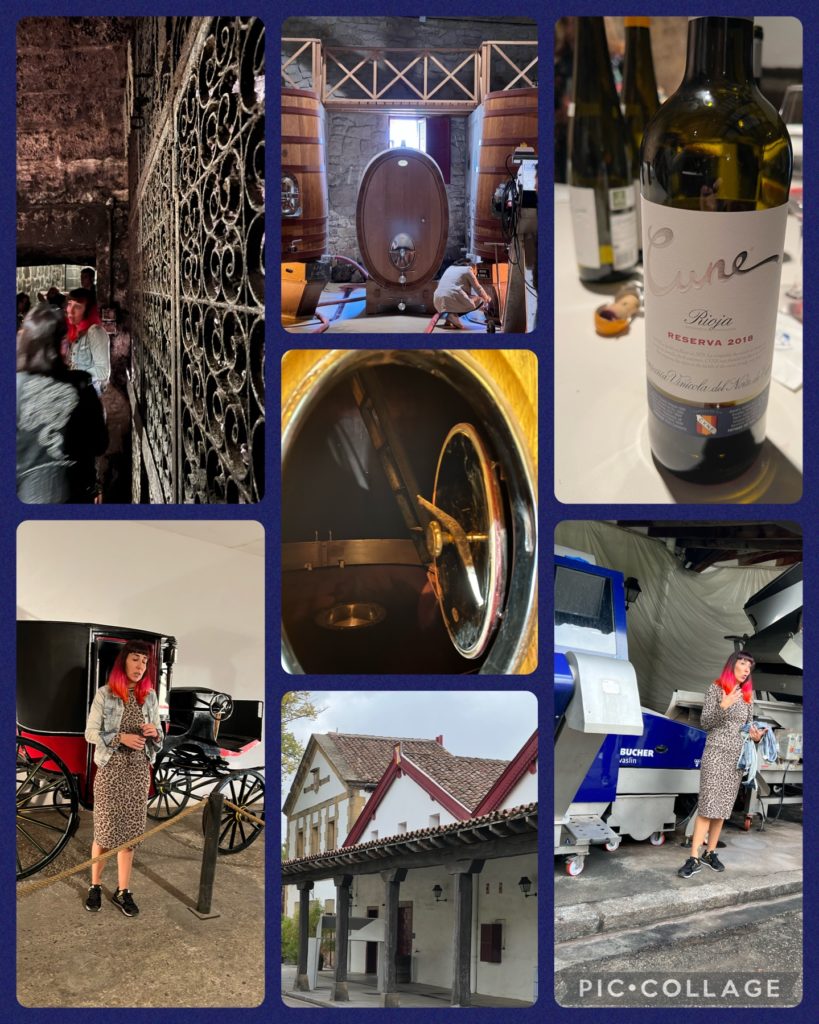
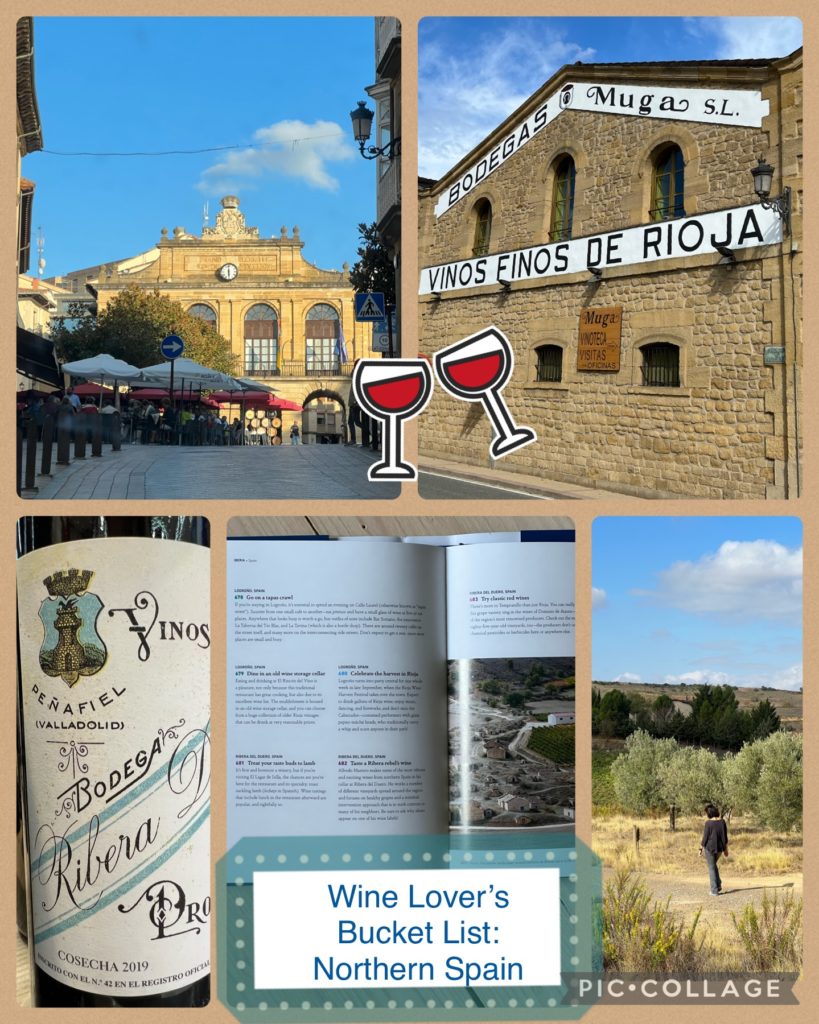
The 2 wine tasting experiences (cata de vinos) were very different from one another and both amazing. At Otañón el templo de vino we learned about tasting the wines and toured a modern winery with art installations while in Haro’s CVNE bodega, the tour was focused more on how wines are produced and featured exploration of the penicillin covered wine caves and their history. The old wines stored there, from as early as 1884, are completely encased by penicillin mold that is allowed to grow as it forms a protective barrier against harmful microorganisms.
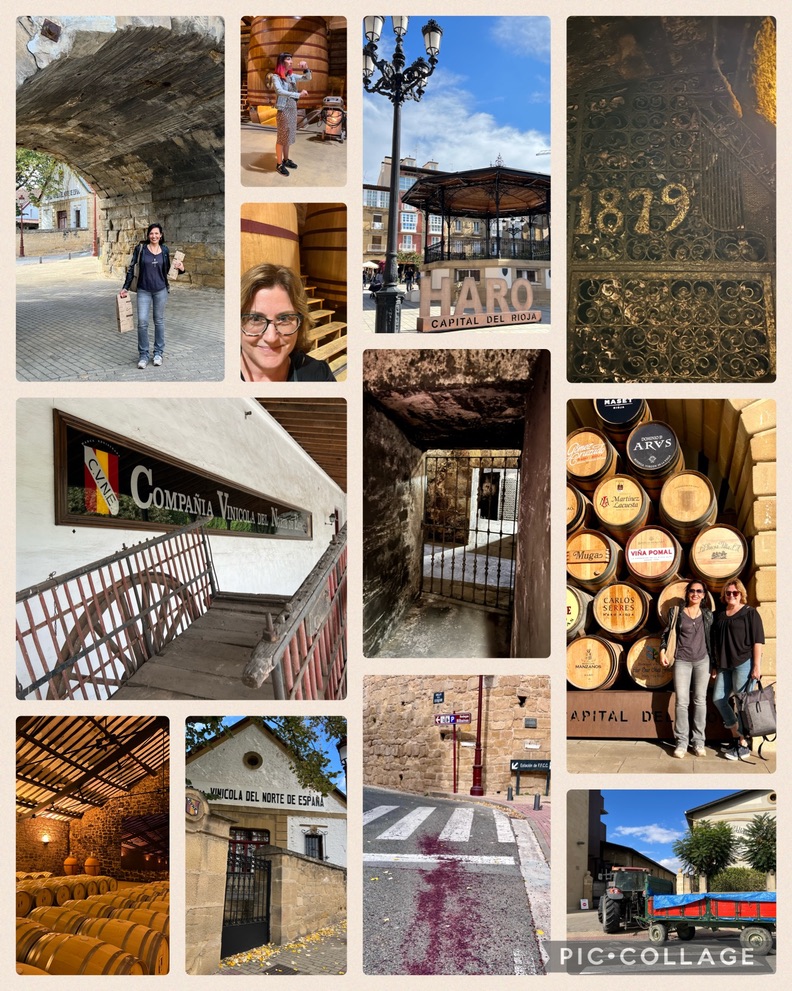
We ate a few really nice meals, one at a bodega in Rueda and another in Laguardia, the 13th century fortified town on a hill, with much of the original wall, buildings and wine caves completely preserved. We ate lunch at a 400 year old palace and toured the bodega beneath it. They offered Laura their collection of readers to borrow, the better to read our wine list, my dear! And we had a good laugh. The tomatoes were so tasty that we asked where they were from and the server sent us to a nearby market that was stocked with vintage charm as well as fresh produce. In Haro we found a restaurant that did not require a booking and we waited in line for an hour, passing the time in conversation with locals who come nearly every Sunday for the house special, roasted lamb. In Valladolid we ate at the Red Tuna where we had 6 different preparations of tuna and dined al fresco, enjoying the amazing weather.
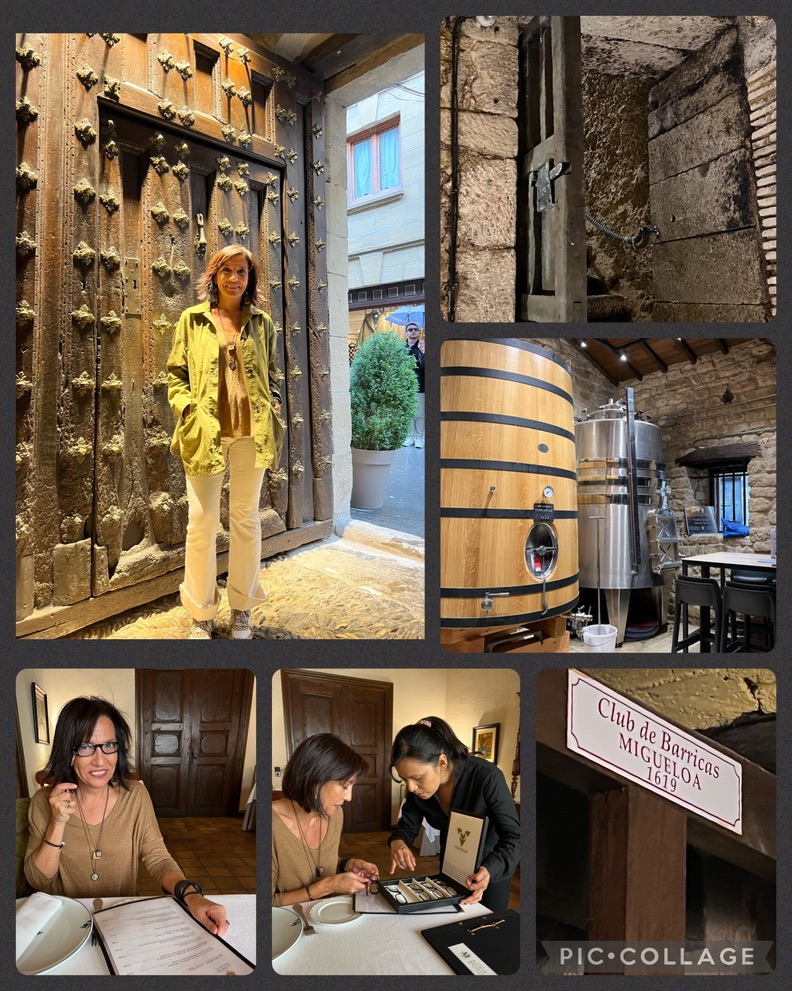
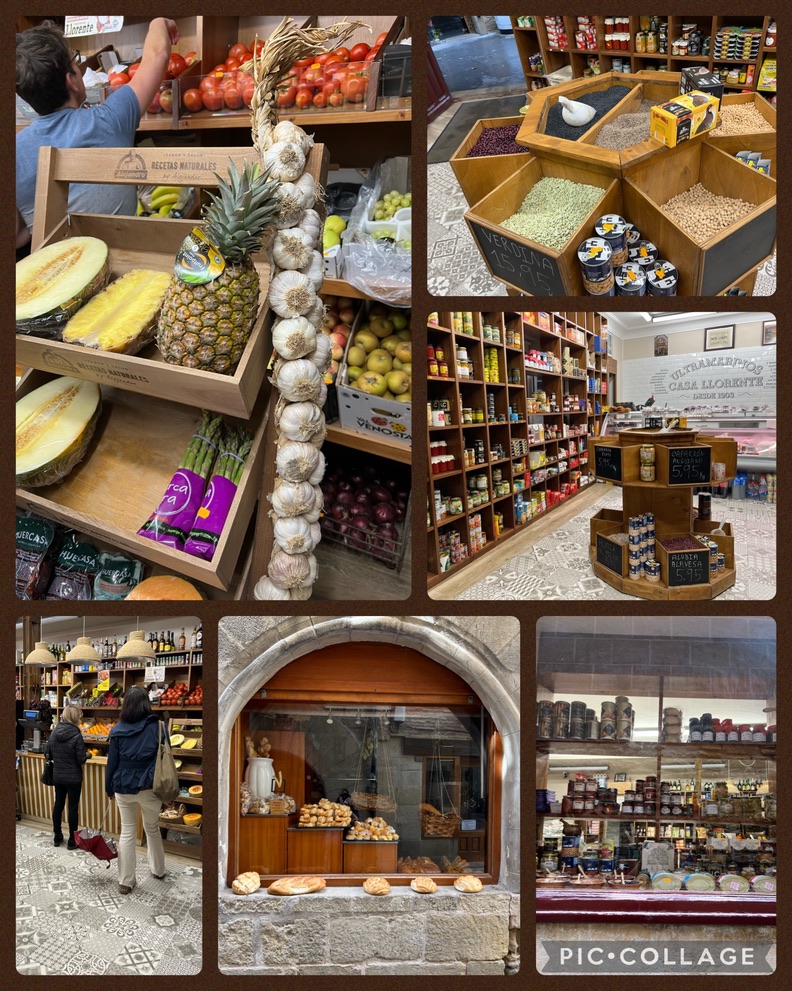
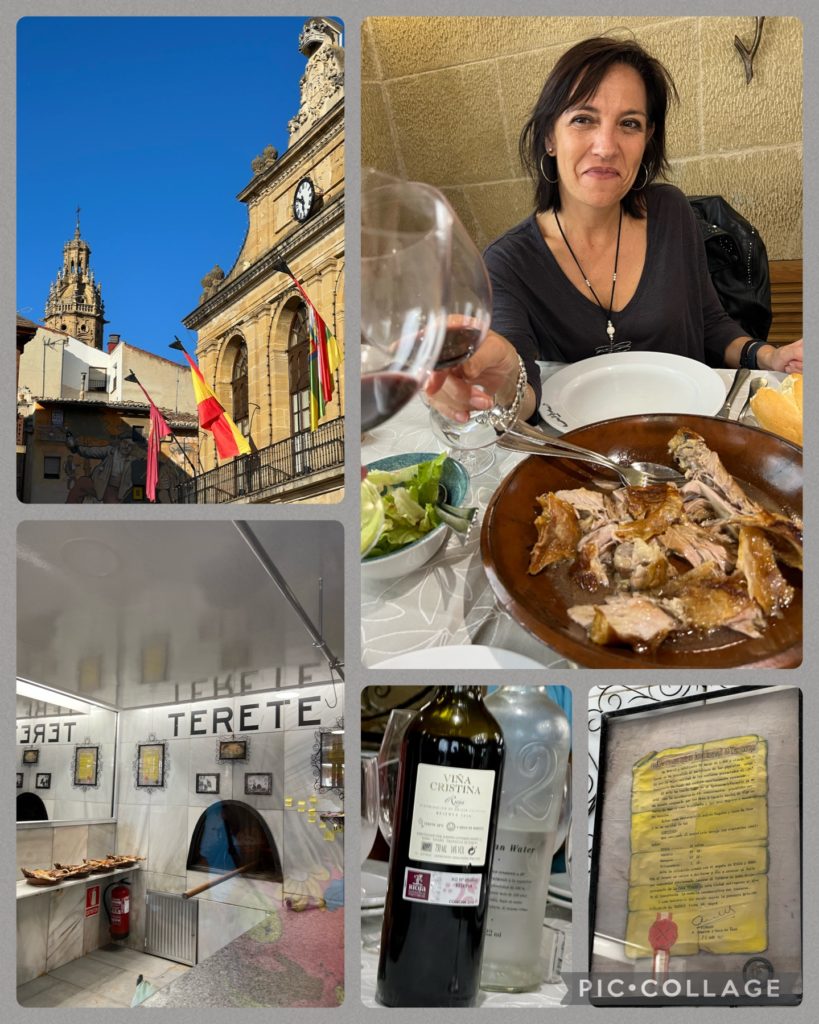
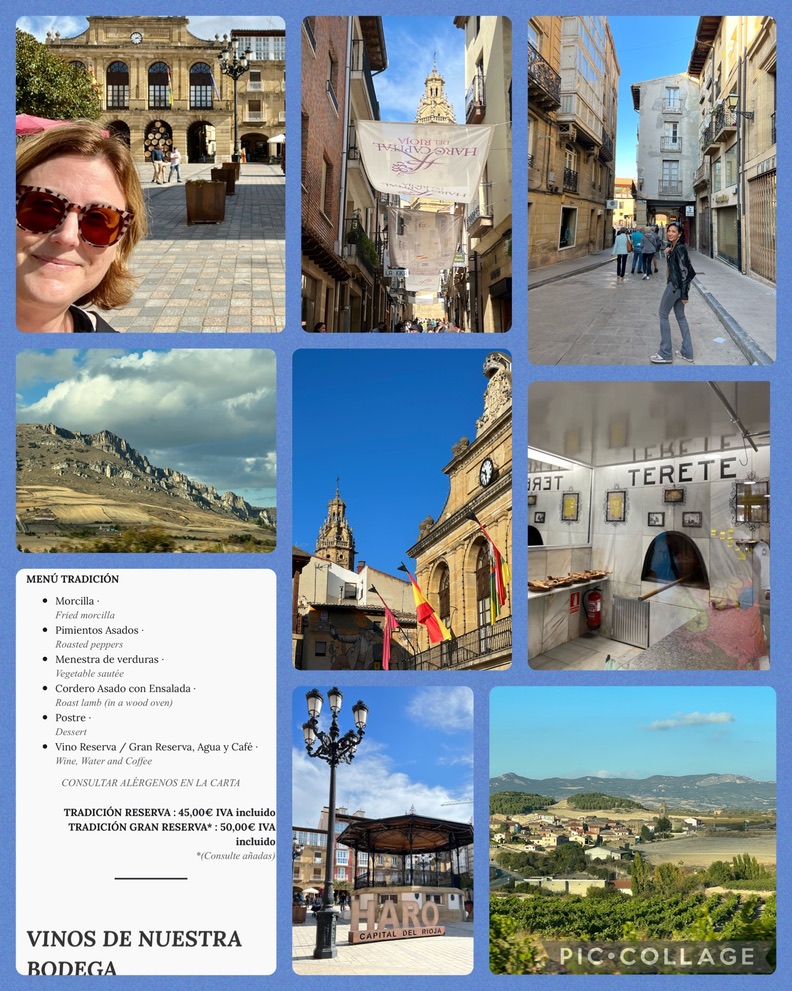
We enjoyed the evening in Logroño, partaking in the ritual of Pinchos sampling along Laurel Street, as mentioned in The Wine Lover’s Guide. And on the way back to Valladolid we managed to squeeze in a visit to one of Spain’s most famous cathedrals in Burgos.
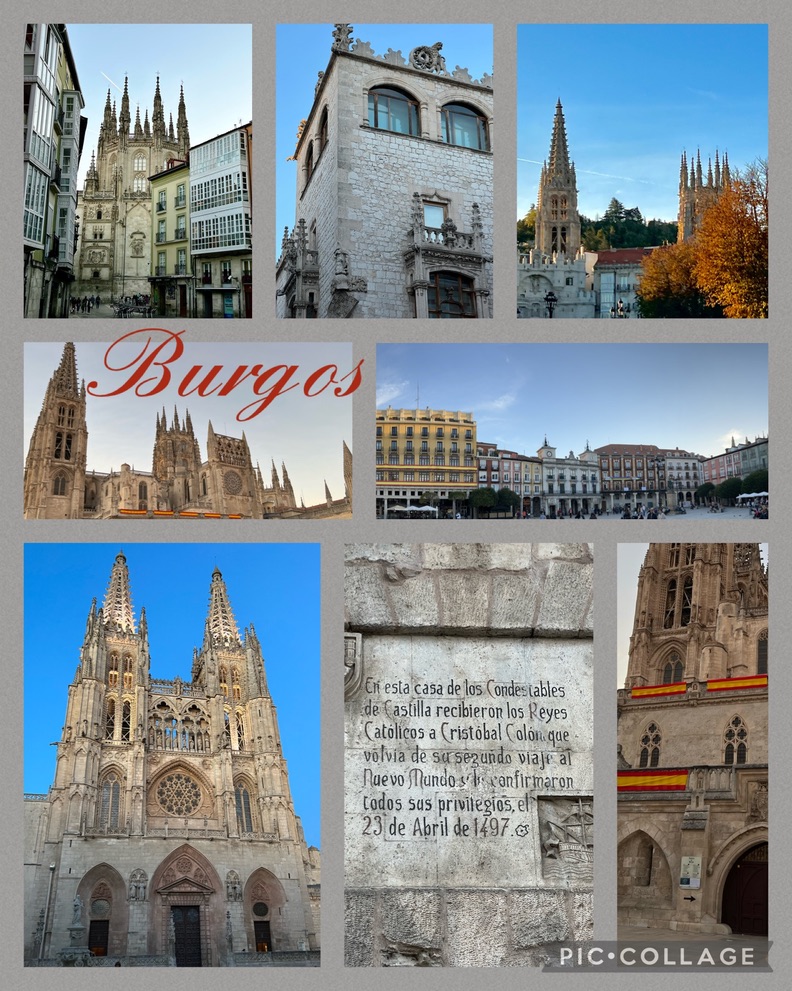
Though we didn’t go inside, we passed by the palace in Burgos where Ferdinand and Isabella bestowed upon Cristóbal Colón his “privileges” in 1497.
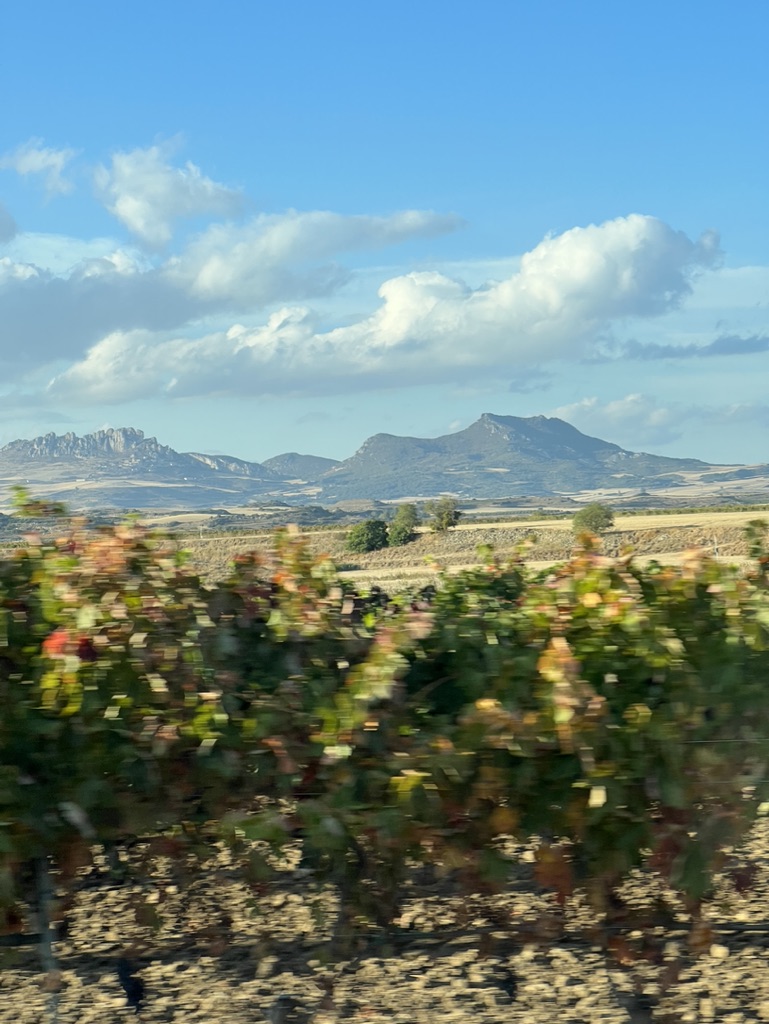
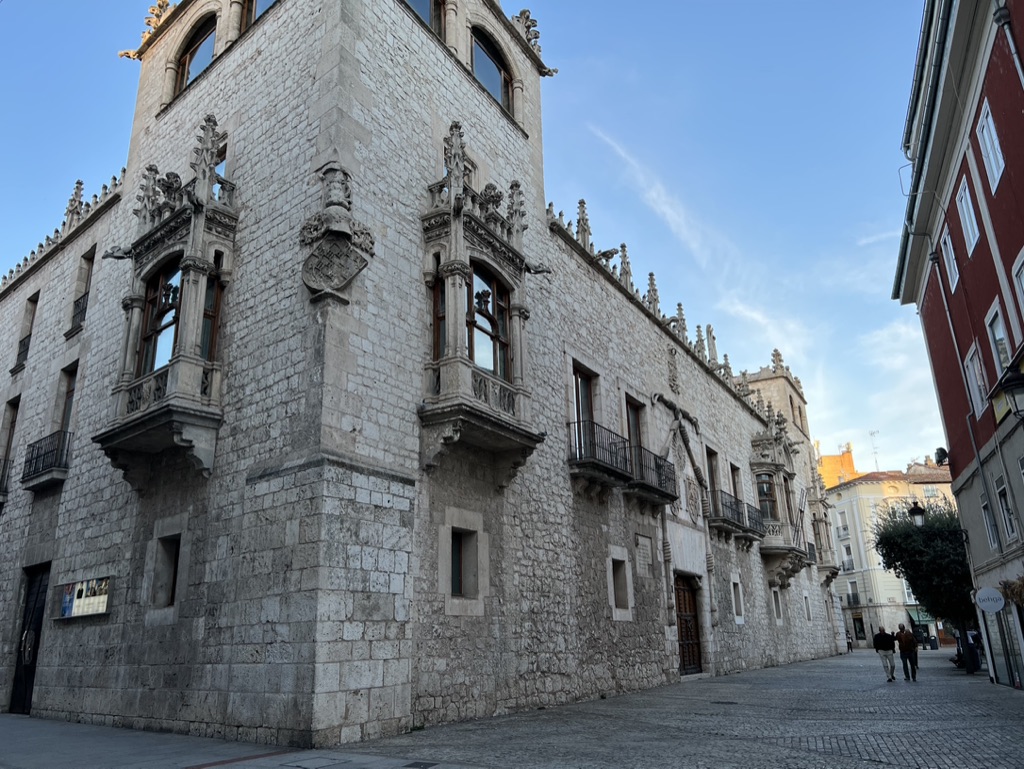
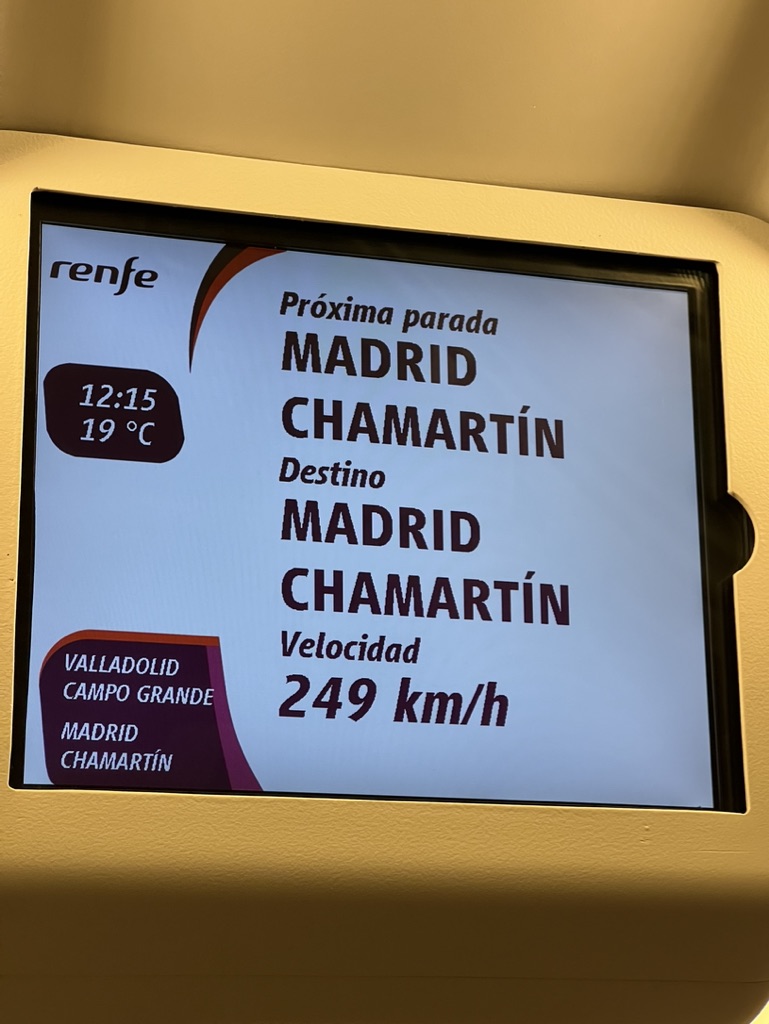
And then suddenly it was time to make the trip back to Sweden. The high speed train was amazing- so fast and comfortable. Changing to the local airport tram was a bit harder, mostly due to the ticketing machines which were not working properly, and it took a few nerve wracking tries and lots of conversation in Spanish to finally get the correct ticket. And then they never even checked it! But I was at the airport with plenty of time for one more bocadillo and a bit of duty free wine shopping! I can’t wait to take Bryant on the next wine tour of Spain. Tusen tack och saludos a mi amiga Laura. Hasta la próxima!
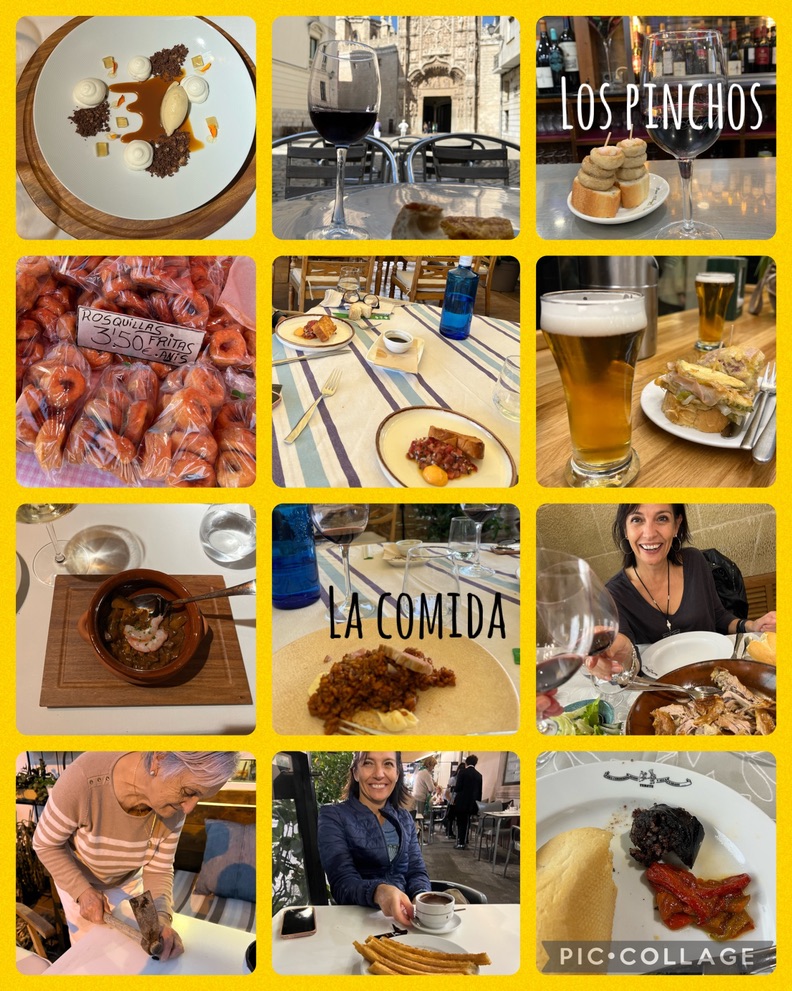
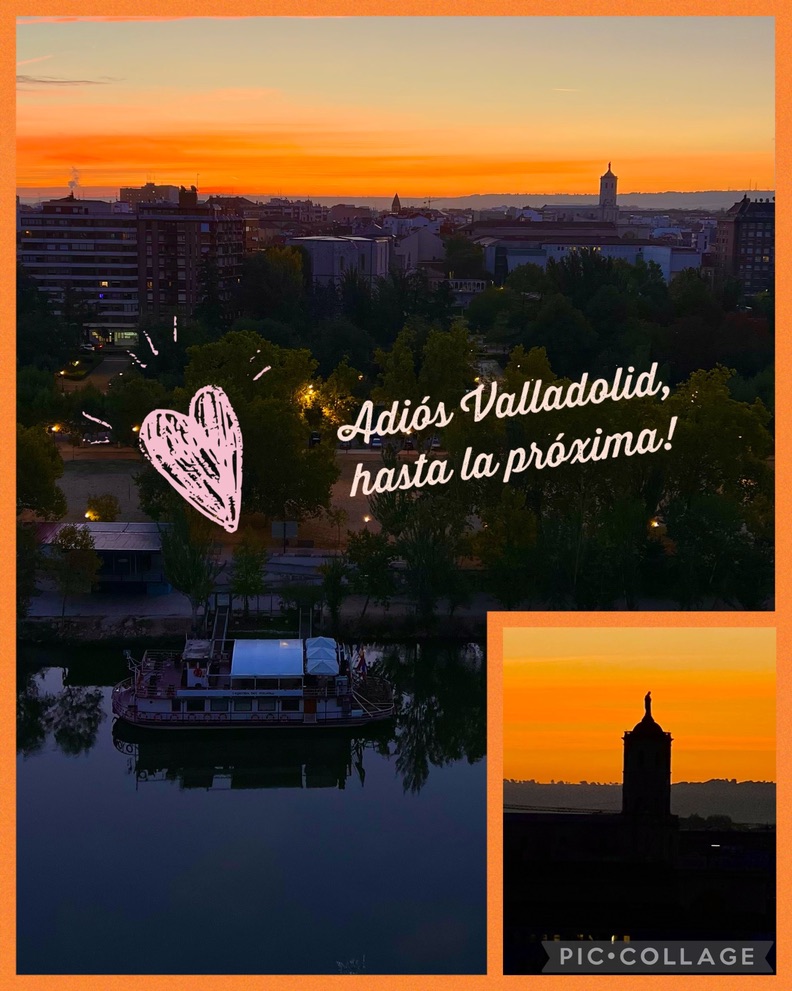
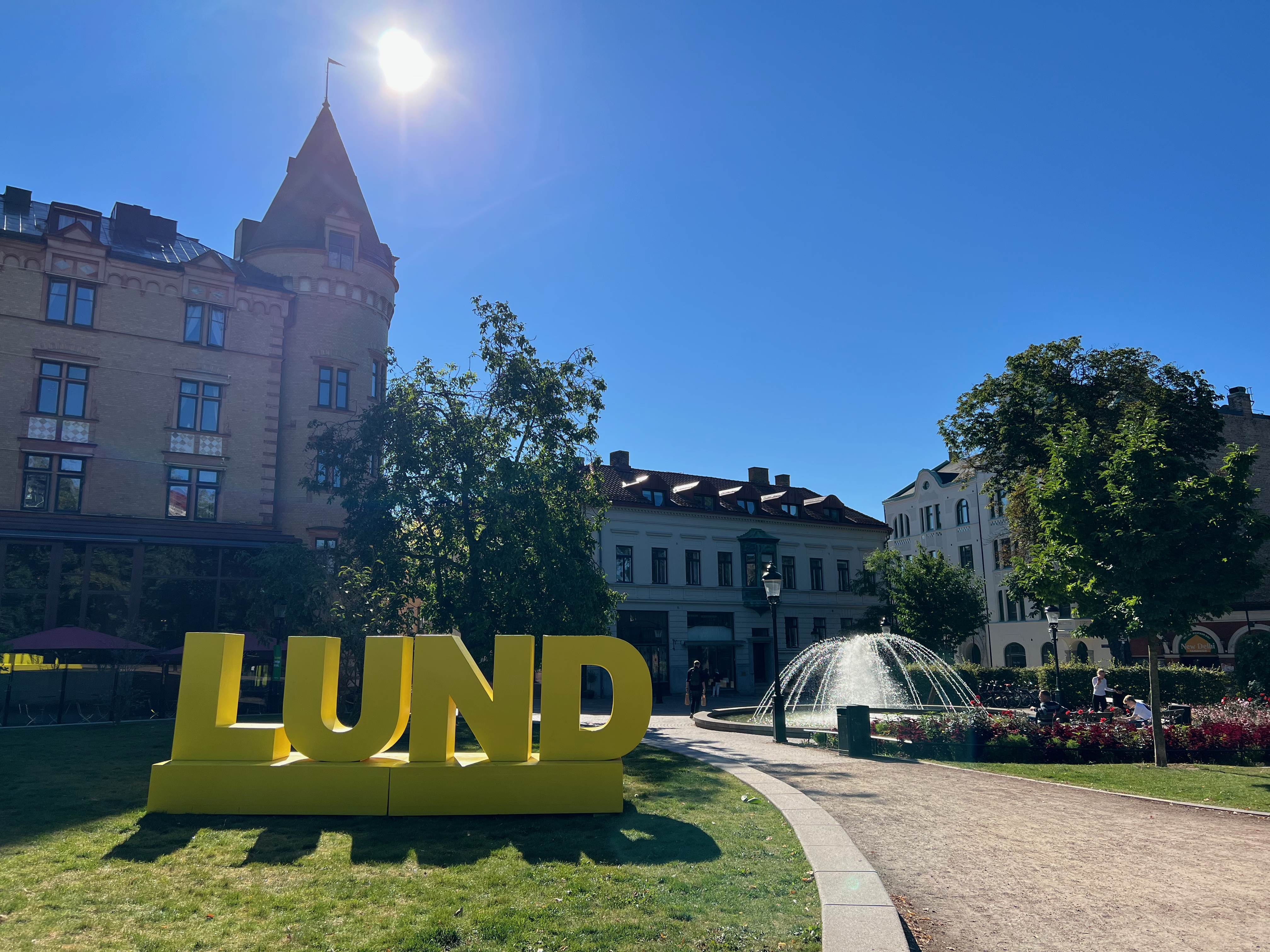
Leave a Reply